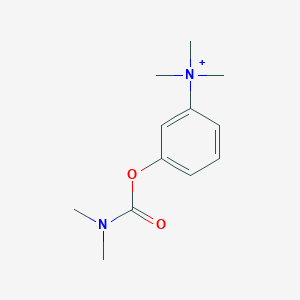Neonatal myasthenia gravis
Child: As neostigmine metilsulfate: Initially, 0.1 mg, followed by 0.05-0.25 mg or 0.03 mg/kg 2-4 hrly.
Intravenous
Reversal of neuromuscular blockade
Adult: As neostigmine metilsulfate: 0.05-0.07 mg/kg by inj over 60 sec, as required.
Child: Same as adult dose.
Child: Same as adult dose.
Oral
Myasthenia gravis
Adult: As neostigmine bromide: 15-30 mg. Doses are given at intervals according to response up to a usual total daily dose of 75-300 mg.
Child: <6 yr Initially, 7.5 mg; 6-12 yr Initially, 15 mg. Doses are adjusted according to response up to a usual total daily dose of 15-90 mg.
Child: <6 yr Initially, 7.5 mg; 6-12 yr Initially, 15 mg. Doses are adjusted according to response up to a usual total daily dose of 15-90 mg.
Oral
Paralytic ileus and postoperative urinary retention
Adult: As neostigmine bromide: 15-30 mg. Frequency of doses may vary according to response.
Child: 2.5-15 mg. Frequency of doses may vary according to response.
Child: 2.5-15 mg. Frequency of doses may vary according to response.
Parenteral
Paralytic ileus and postoperative urinary retention
Adult: As neostigmine metilsulfate: 0.5-2.5 mg by SC or IM inj, as required.
Child: 0.125-1 mg by SC or IM inj.
Child: 0.125-1 mg by SC or IM inj.
Parenteral
Myasthenia gravis
Adult: As neostigmine metilsulfate: 0.5-2.5 mg by IM or SC inj, doses are given at intervals according to response up to a total daily dose of 5-20 mg.
Child: <12 yr 0.2-0.5 mg, repeated at suitable intervals throughout the day.
Child: <12 yr 0.2-0.5 mg, repeated at suitable intervals throughout the day.




 Sign Out
Sign Out




